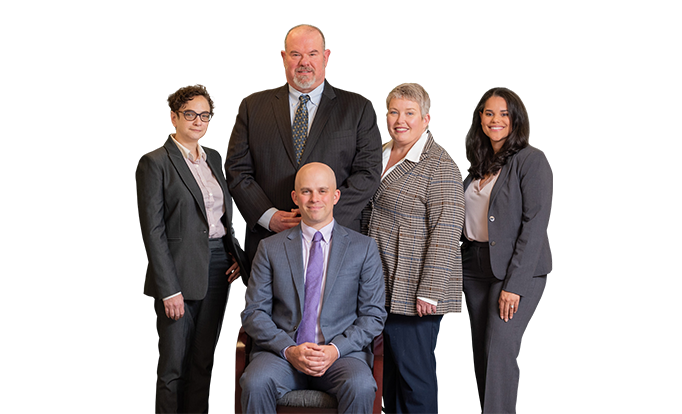The National Transportation Safety Board has released its annual Most Wanted List of safety improvements for 2016. The list contains ten areas where the NTSB plans to focus its advocacy efforts in the new year. Each area of concern contains a number of recommendations for how transportation could be made safer. The 2016 list is heavy on recommendations involving safety technology.
Advocating for technology improvements is not new for the NTSB. The group frequently pushes for the adoption of new safety technology. In a press release announcing the new Most Wanted list, the NTSB commemorated a safety recommendation from 20 years ago regarding technology designed to stop rear-end collisions. The NTSB would like to see this and other technological solutions go from safety options to standard equipment on all new vehicles.
For many reasons, the solutions put forth by the NTSB are unlikely to be adopted industry-wide in the short term. The NTSB has no statutory authority to mandate safety improvements. Safety improvements tend to cost money and industry leaders are only interested in safety improvements that help them sell vehicles. One of the ways the NTSB has pushed new safety technology is by encouraging the National Highway Traffic Safety Administration to include the tech on its 5-star safety rating system. A lower rating can hurt vehicle sales, giving automakers an incentive they value to save lives.
Technology is only one component of the NTSB plan to improve safety. Issues such as avoiding deadly distractions and putting an end to substance impaired driving can be addressed through education, increased enforcement and technology. In every case the goal is the same: help more people travel from one place to another without getting injured or killed.
Source: National Transportation Safety Board, “NTSB Unveils 2016 Most Wanted List, Stresses Technology,” 13 January 2016



